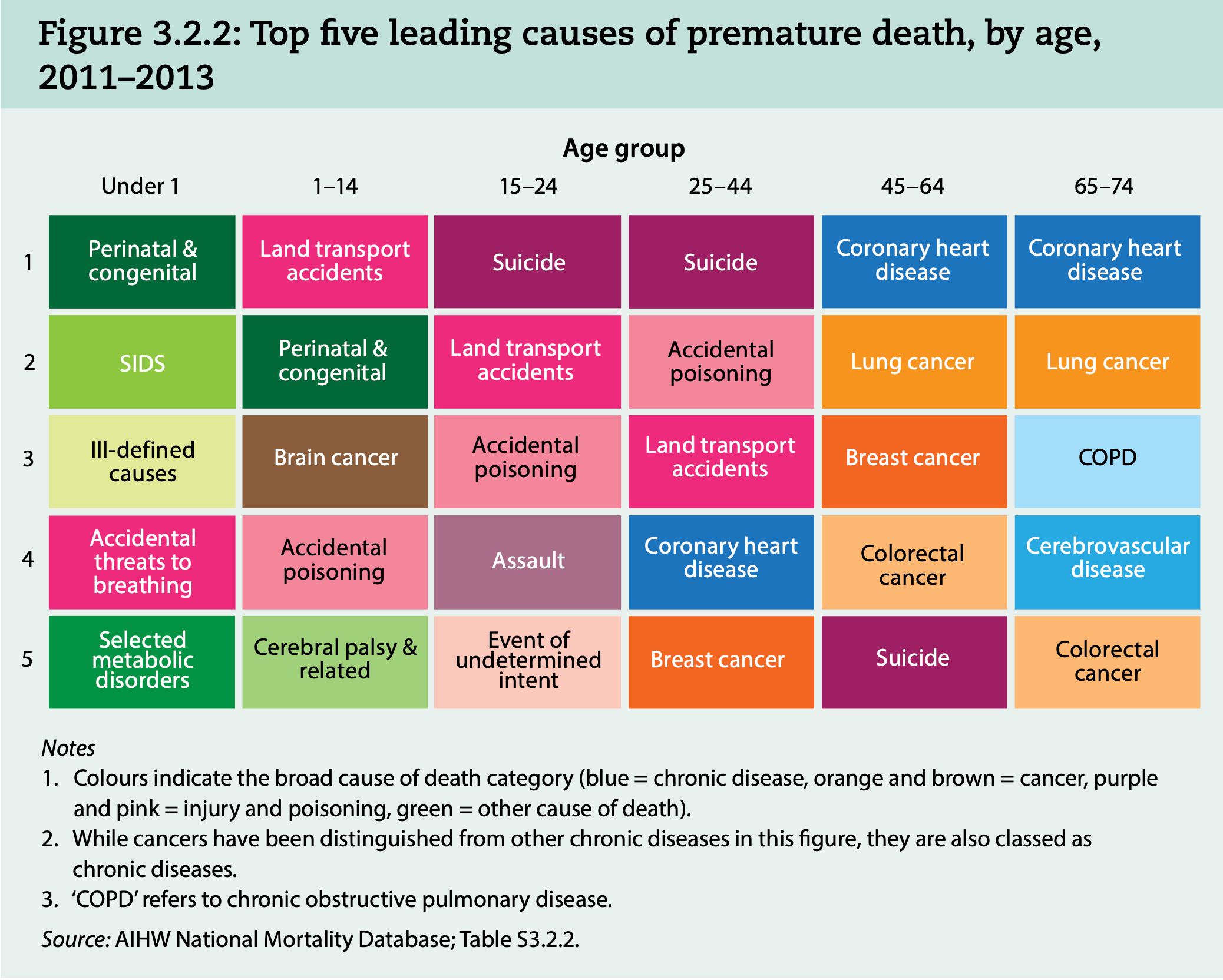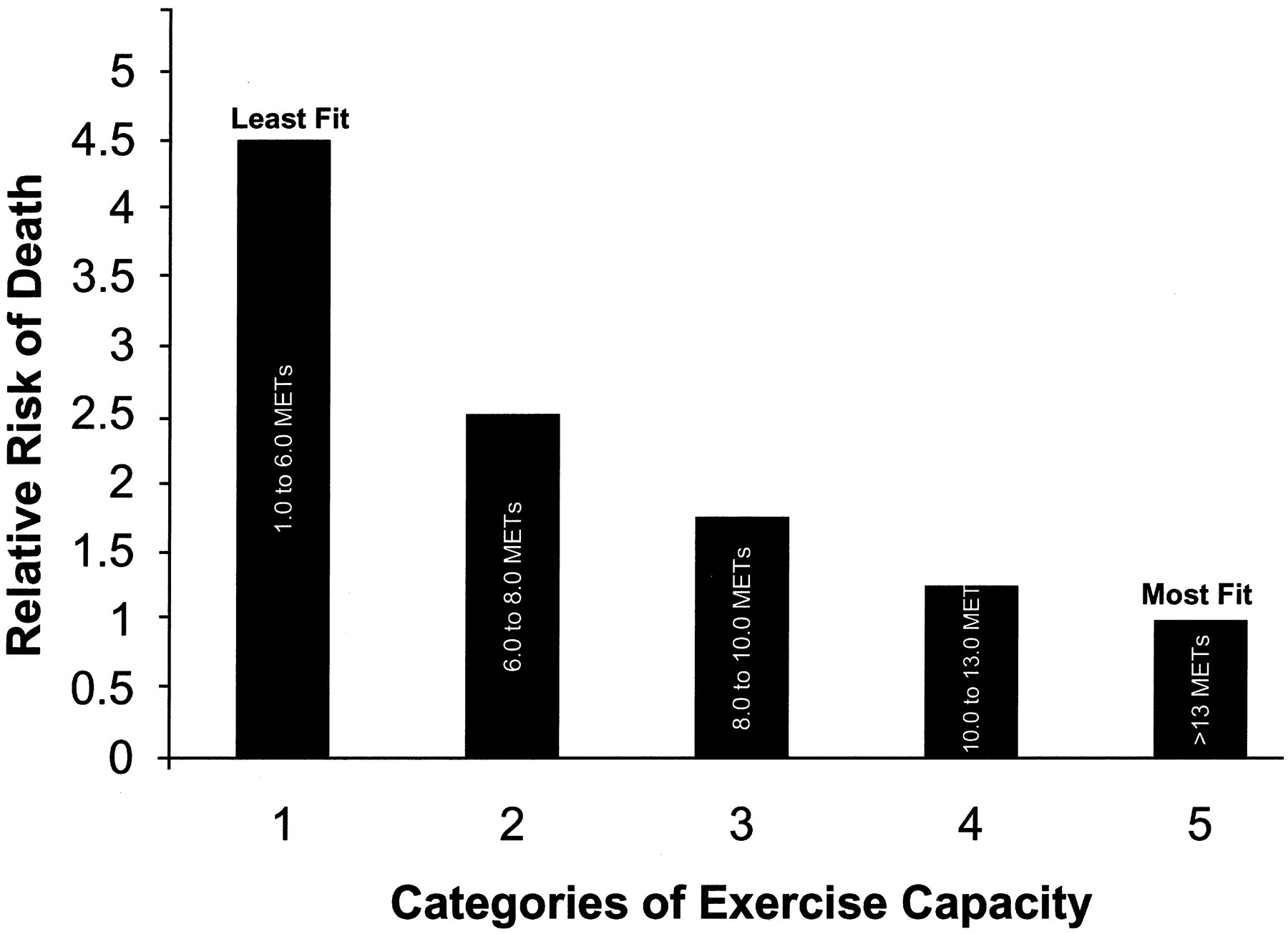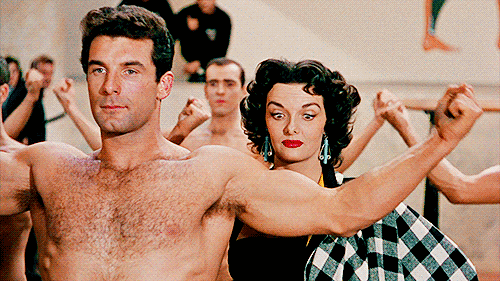Muscle Magic: Unlocking the Elixir of Youth
Discover How Muscle Mass Extends Lifespan

Muscle strength and mass are increasingly recognized as important indicators of current and future health. Maintaining muscle is vital to enjoying a long, healthy life.
— Dr. Eric Shiroma, NIH National Institute on Aging.
We all want to live a long, healthy life. But did you know one of the most powerful ways to promote longevity has nothing to do with crazy diets, expensive supplements, or marathon cardio sessions?
It's resistance training - aka strength training, weight lifting, or any exercise where you move or push against some kind of resistance. Study after study shows building muscle and strength should be a key priority starting in your 30s, 40s, 50s and beyond. Keep reading to find out why.
How can resistance training help you live longer?
1. Builds Muscle to Counteract Age-Related Loss
Unfortunately, muscle loss is a natural part of aging. After age 30, adults lose around 8% of muscle mass each decade. This condition is called Sarcopenia, and it accelerates after age 60.
Why is this problematic? Declining muscle mass is directly linked to:
- Earlier onset of diseases like heart disease, diabetes, and osteoporosis
- Mobility impairments that affect balance, walking, stability
- Loss of strength for daily activities
- Increased disability and loss of independence
- Higher risk of falls and fractures
In other words, sarcopenia makes you functionally "older" than your chronological age.
The good news is progressive resistance training can help counteract this deleterious age-related muscle loss. Studies consistently show adults who lift weights 2-3 times per week build strength and muscle mass regardless of age.
Muscle Mass is Linked to Longer Life
A study conducted at UCLA and published in the American Journal of Medicine by researchers at UCLA found that having higher amounts of muscle mass decreases an adult’s metabolic risk.
The greater the amount of muscle an older adult has the less likely they are to experience early mortality.
— Dr. Srikanthan, Associate professor, geriatrics division. Geffen School
In one trial , adults over 50 who strength trained for 6 months gained 2-3 pounds of muscle on average while losing an equal amount of body fat. The control group lost muscle and gained fat over the same period.
While you don’t need to train and look like a bodybuilder, even modest increases in muscle mass can translate to big differences in your ability to function and stay independent as you get older. Resistance training literally helps you stay young!

2: Strengthens Bones to Prevent Fractures
Osteoporosis, characterized by weak and brittle bones, is another age-related condition linked to loss of muscle mass. Resistance training provides the mechanical stress bones need to stay strong.
Studies demonstrate adults who perform resistance exercise have higher bone mineral density than non-exercisers. Strength training also improves bone mineral content, reduces bone loss, and lowers risk of osteoporosis and fractures.
How does this work?
bones and muscles work together as a functional unit. When you lose muscle, bones become more porous and fragile. But when you build muscle via strength training, it places controlled stress on bones that stimulates new bone formation.
Bottom line - lifting weights is one of the most powerful ways to strengthen bones. And reducing fracture risk translates directly to maintaining mobility and independence as you age.
The bones, muscles, ligaments and tendons in your musculoskeletal system all work together, and they either become stronger together or weaker together,” he said. “Whenever you lose muscle you automatically lose bone — they go hand in hand.
— Dr. Wayne Westcott, a professor of exercise science at Quincy College in Massachusetts
3. Increases Metabolism to Reduce Obesity
Loss of muscle mass also slows your metabolism, making it easier to gain fat. Each pound of muscle burns about 6 calories per day at rest. In contrast fat burns only 2 calories.
So when you lose 10 pounds of muscle, your resting metabolism decreases by 60 calories per day. Over months and years, this makes it much harder to maintain a healthy body weight and body fat percentage.
Resistance training counters this effect by building calorie-burning muscle. Studies show adults who strength train 2-3 times per week experience significant boosts in resting metabolism, even at rest.
In one trial, participants who weight trained for 16 weeks increased their resting metabolic rate by 7%. That translates to over 100 extra calories burned per day by doing nothing - just as a result of increased muscle mass.
The more muscle you build through regular strength training, the higher your daily energy expenditure at rest. Resistance exercise is one of the rare ways adults can increase metabolism - making it a key anti-aging strategy.
What is the metabolic risk?
Metabolic syndrome is a cluster of conditions that occur together, increasing your risk of heart disease, stroke and type 2 diabetes. These conditions include increased blood pressure, high blood sugar, excess body fat around the waist, and abnormal cholesterol or triglyceride levels.
4. Reduces Risk of Cardiovascular Disease
Heart disease remains the #1 cause of death for both men and women according to the American College of Cardiology. But research shows resistance training provides major benefits for cardiovascular health.
Compared to non-lifters, adults who perform resistance exercise regularly have:
- Lower systolic and diastolic blood pressure readings
- Decreased LDL (bad) cholesterol and triglycerides
- Increased HDL (good) cholesterol levels
- Reduced thickness of arterial walls
- Lower resting heart rate and better heart rate recovery
All these markers translate to a much lower risk of developing cardiovascular disease. Even more importantly, resistance training is associated with lower all-cause mortality - aka a longer lifespan!
Experts theorize that in addition to physical changes like increased muscle mass, strength training provides a hormetic stress. This "good stress" triggers beneficial adaptations and biological repair processes that boost overall health.
Resistance training is the closest thing to the fountain of youth that we have
– Brad Schoenfeld, an assistant professor of exercise science and director of the Human Performance Laboratory at Lehman College in New York.
What is Premature death and why should i care?
Premature death, by potentially avoidable deaths, is a measure of years of potential life lost due to death occurring before the age of 75. Deaths at younger ages contribute more to the premature death rate than deaths occurring closer to age 75.
According to the National Center for Health Statistics Years of Potential Life Lost report, cancer, unintentional injury, heart disease, suicide, deaths in the perinatal period and homicide were the leading causes of years of potential life lost before age 75 in 2018.
Risk factors for premature death include obesity, smoking and exposure to environmental hazards such as reduced air quality. Risk factors for heart disease, such as high blood pressure, high cholesterol, Type 2 diabetes and physical inactivity are also risk factors for premature death.

What’s the relationship between Exercise and Cardiovascular Health
If you consider that the leading caused of premature death from 45 years old and older is coronary heart disease, what are the recommendations to Improve Cardiovascular Health? Exercise.
As many as 250 000 deaths per year in the United States are attributable to a lack of regular physical activity. In addition, studies that followed large groups of individuals for many years have documented the protective effects of physical activity for a number of noncardiovascular chronic diseases, such as non–insulin-dependent diabetes, hypertension, osteoporosis, and colon cancer.
In contrast, we see a higher rate of cardiovascular events and a higher death rate in those individuals with low levels of physical fitness. Less than one-third of Americans meets the minimal recommendations for activity as outlined by the CDC, ACSM, and AHA expert panels.

So everyone knows that exercise is one of the best things you can do for your health. we have seen how to exercise from Walking 2 mph (2.5 METs) to Running a mile in 10 min (10.2 METs) is directly correlated to reducing the time of premature death.
But most people ignore one crucial component of it: resistance training. Neglecting resistance training – any type of workout that builds strength and muscle – is a big mistake. It increases your metabolism, lowers your body fat and protects you from some of the leading causes of early death and disability. You don’t have to lift like a bodybuilder (or look like one) to benefit from resistance training. And it’s never too late to get started.
Our muscles are the reason we can walk, run, climb and carry things around. But as we get older, they begin to melt away. The muscle starts to deteriorate when we reach our 30s. After age 40, we lose on average 8 per cent of our muscle mass every decade, and this phenomenon continues to accelerate at an even faster rate after age 60. Studies show that this loss of muscle hastens the onset of diseases, limits mobility, and is linked to premature death.
The same factors that help you maintain muscle are the same factors that keep your bones strong and dense. So as you lose muscle with age – a process called sarcopenia – your bones become brittle, a process known as osteopenia, said Dr. Wayne Westcott, a professor of exercise science at Quincy College in Massachusetts.
The bones, muscles, ligaments and tendons in your musculoskeletal system all work together, and they either become stronger together or weaker together Whenever you lose muscle you automatically lose bone – they go hand in hand.

Key Takeaways
- Resistance training is a powerful anti-aging strategy with benefits that accumulate over time
- Build strength and muscle now to counteract age-related loss later
- Weight lifting strengthens bones, increases metabolism, and reduces cardiac risk
- Start slowly and focus on major muscle groups 2-3x per week
- Use weights that challenge you in the 10-15 rep range
- Progress by adding weight, reps, or sets over time
- It's never too late to start - resistance training works at any age!
The earlier you make progressive resistance exercise a lifelong habit, the better your chances of enjoying an active, healthy, independent later life. Talk to your doctor or a certified trainer to get started on a program that works for your current fitness level. Your future self will thank you!
Story Time
Let me tell you about a fictional client named Maria, who illustrates the power of starting resistance training later in life.
Maria, at age 65, she was 50 pounds overweight, on cholesterol medication, and struggling with back pain and lack of energy. She wanted to get in shape but had never exercised consistently before.
She started on a beginner total body strength training program using machines and free weights. The workouts challenged her muscles without being too hard on her joints.
Over the next year, Maria lost 35 pounds of fat and replaced it with 15 pounds of muscle. Her cholesterol dropped to normal levels, so her doctor took her off medication. The stronger back muscles from lifting eliminated her back pain. And she had more energy than she had in decades.
At 68 years old, Maria is functionally younger than before starting resistance training. She moves with ease, radiates confidence, and loves showing off her guns! Strength training gave her body and life a new lease.
It's never too late to start - Maria is proof resistance exercise provides anti-aging benefits regardless of your age!
The Takeaway
Progressive resistance training is quite literally the closest thing we have to a real-life fountain of youth. The physiological benefits accumulate over time to combat sarcopenia, osteoporosis, obesity, and heart disease. Strength training keeps you functionally young from the inside out so you can continue doing everything you love.
What are you waiting for? Make a commitment and invest in your future health by starting a resistance training program today. Your older self will thank you!
Thank you for reading this post! If you found it helpful or informative, please consider sharing a 7 day free trial with your friends, family, or colleagues who might benefit from it.
Your support helps me reach more people and spread awareness on important topics like this. Together, we can make a difference!




